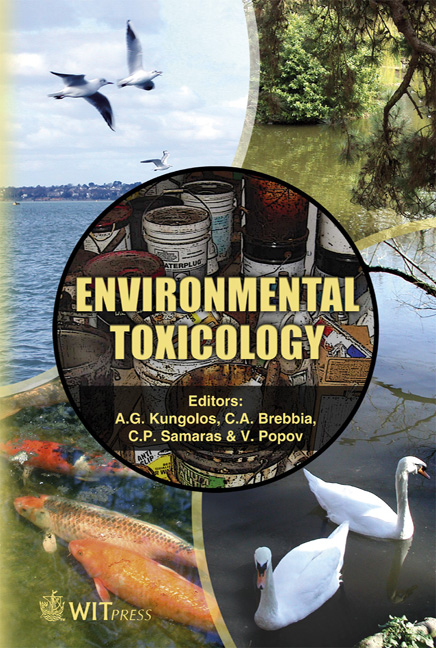Studies Of Produced Water Toxicity Using Luminescent Marine Bacteria
Price
Free (open access)
Transaction
Volume
10
Pages
11
Published
2006
Size
397 kb
Paper DOI
10.2495/ETOX060111
Copyright
WIT Press
Author(s)
S. Grigson, C. Cheong & E. Way
Abstract
The main aqueous discharge from oil production platforms is produced water (PW). Produced water is contaminated with a range of pollutants including crude oil, inorganic salts, trace metals, dissolved gases, produced solids and oilfield chemical residues. Concern has been expressed on the impact these discharges, and particularly the dissolved oil component, may be having on the marine environment. In this investigation the toxicity of synthetic produced waters contaminated with petroleum hydrocarbons was compared to PW samples received from the field using the luminescent marine bacterium Vibrio fisheri. The objective was to correlate toxicity to specific PW components. Initial studies of individual oil components showed that both aromatic and aliphatic compounds exhibited toxicity. Naphthalene was the most toxic aromatic compound measured and cycloheptane the most toxic aliphatic. For benzenes, toxicity increased with alkyl substitution. Synthetic PW samples, based on the composition of those obtained offshore, had lower toxicities than the field PW samples. The addition of oilfield chemicals at dosage levels used offshore increased the toxicity of the synthetic PW mixtures, but not to the original values. Removal of the oil components by solid-phase extraction reduced PW toxicity in both synthetic and real samples. The results suggest that a range of hydrocarbons, both aliphatic and aromatic, along with heavy metals and oilfield chemical residues, contribute to the toxicity of produced water. Removal of petroleum hydrocarbons significantly reduces the acute toxicity of produced water. However, differences in toxicity between real and synthetic PW samples suggest that components other than hydrocarbons, heavy metals and oilfield chemical residues, are also influencing the toxicity of the effluent. Keywords: toxicity testing, luminescent marine bacteria, produced water, hydrocarbons, oilfield chemicals.
Keywords
toxicity testing, luminescent marine bacteria, produced water, hydrocarbons, oilfield chemicals.





